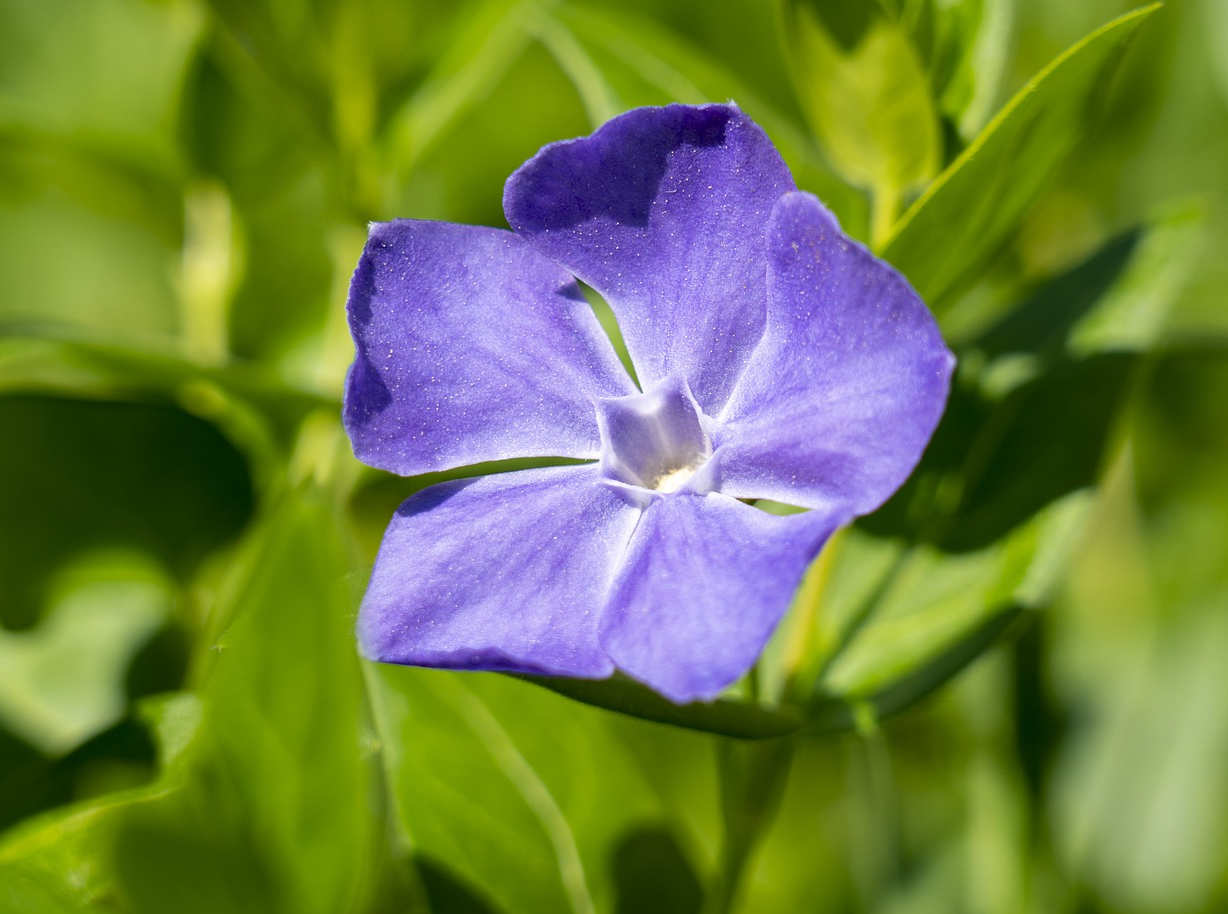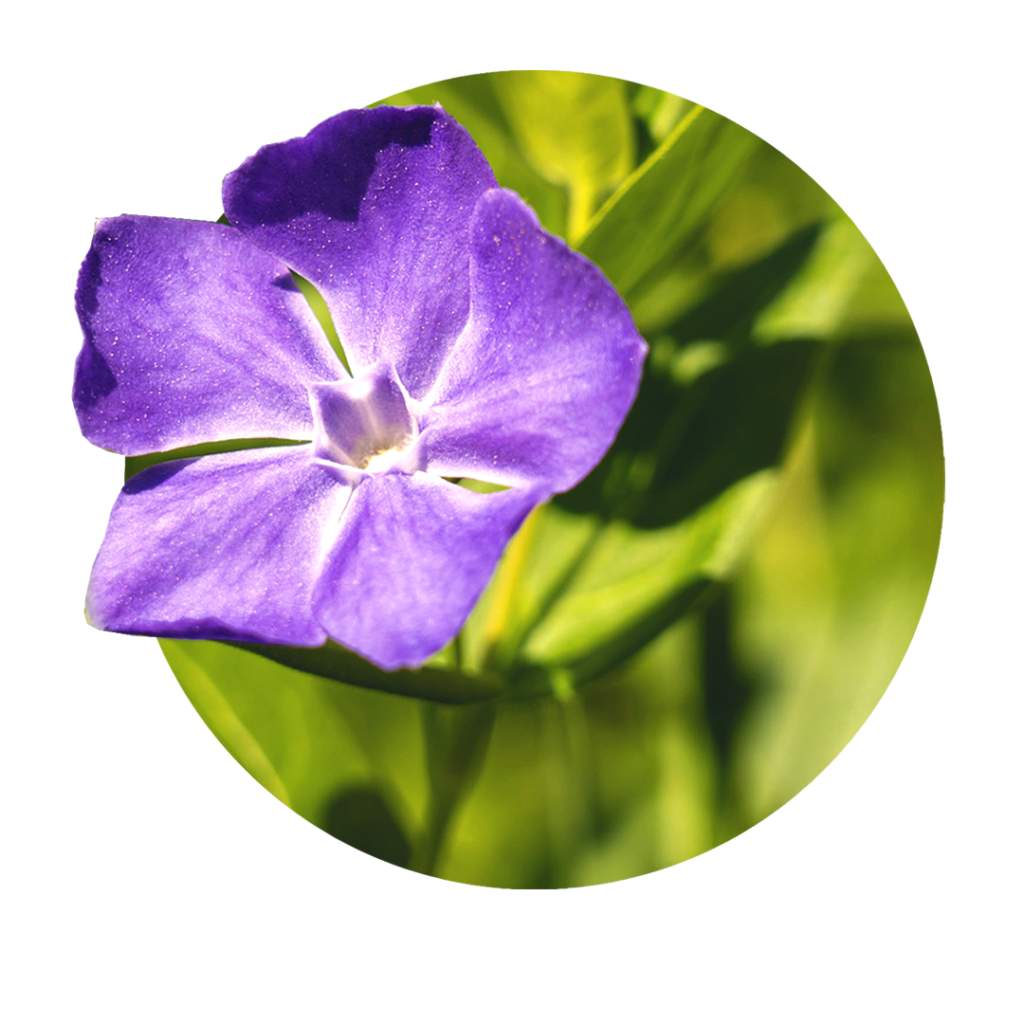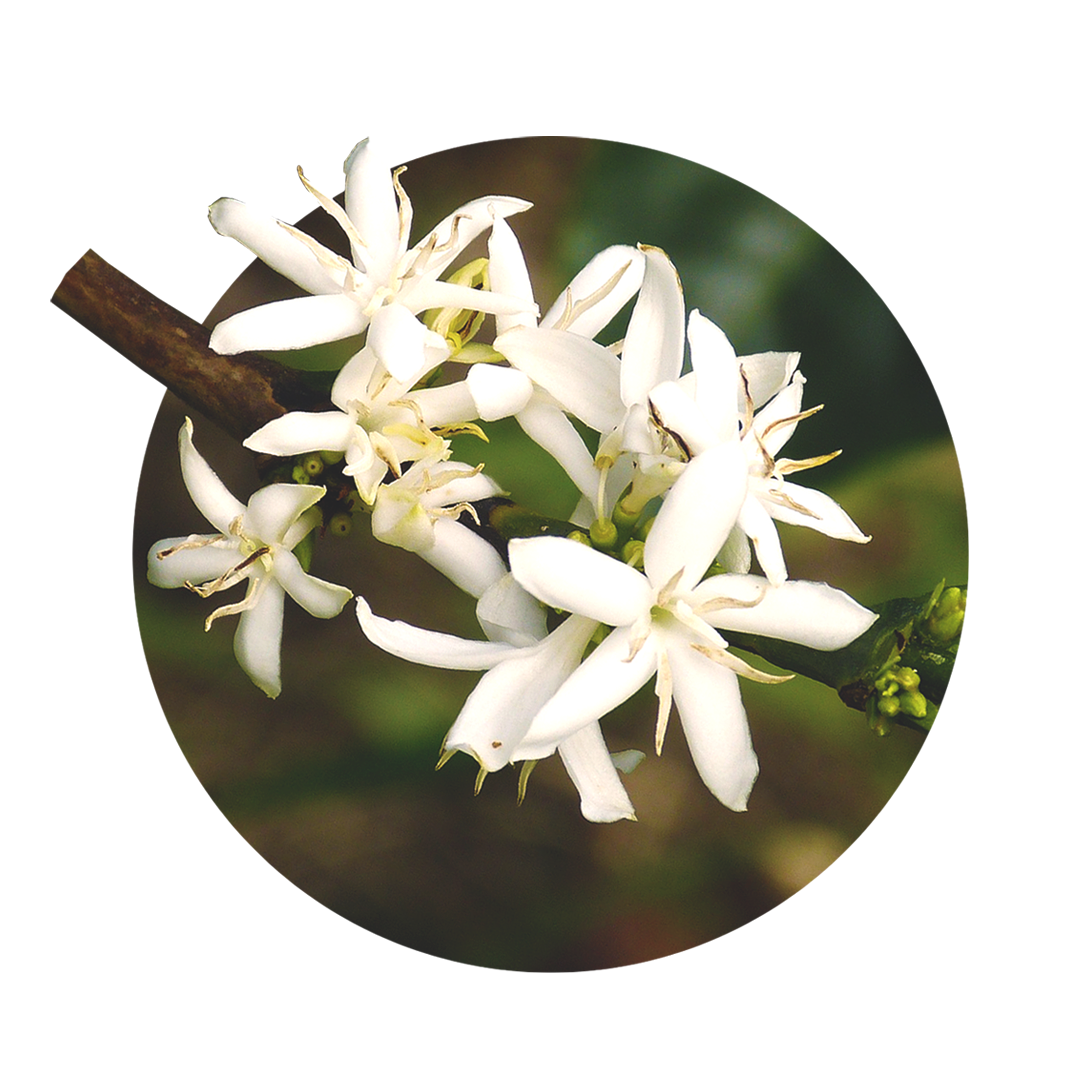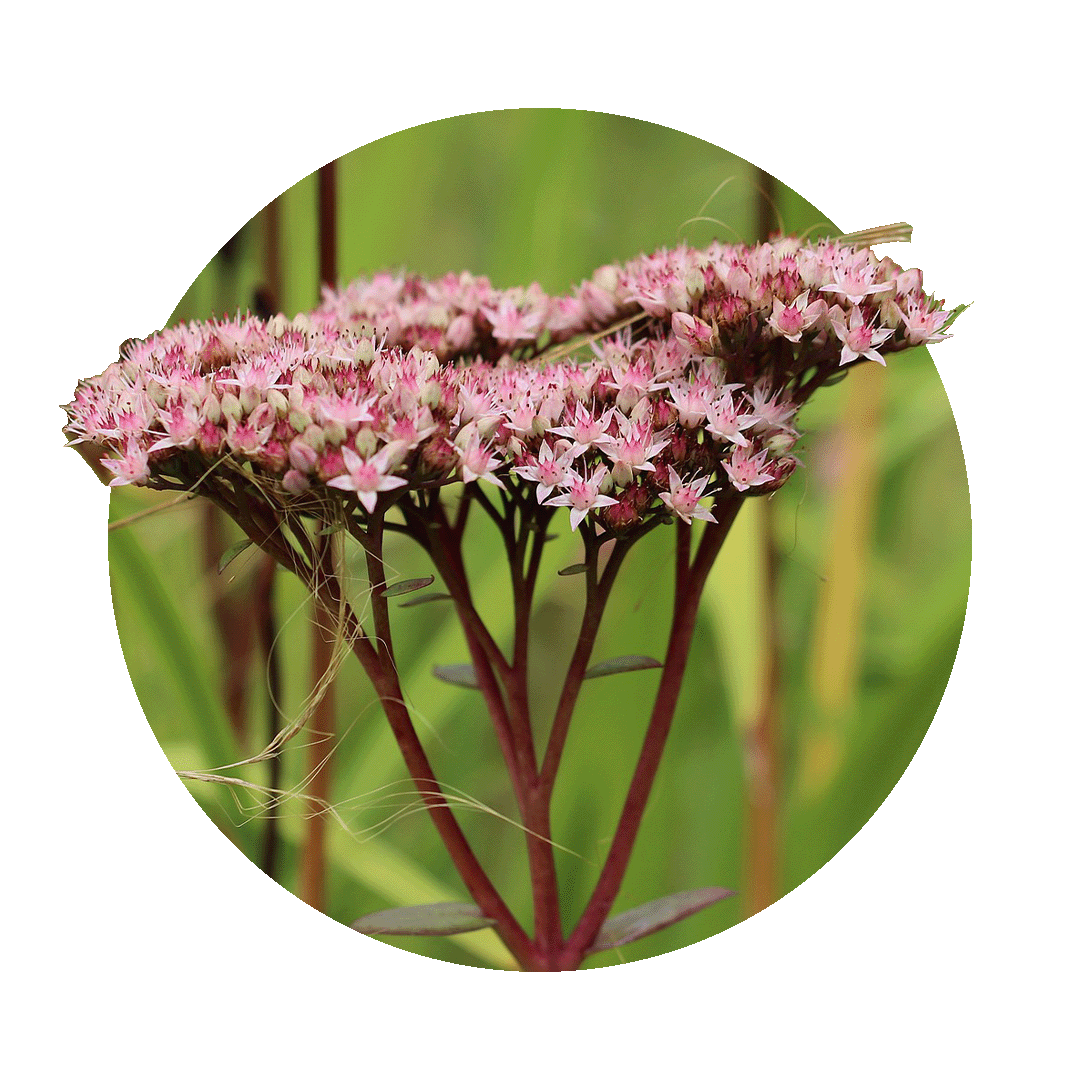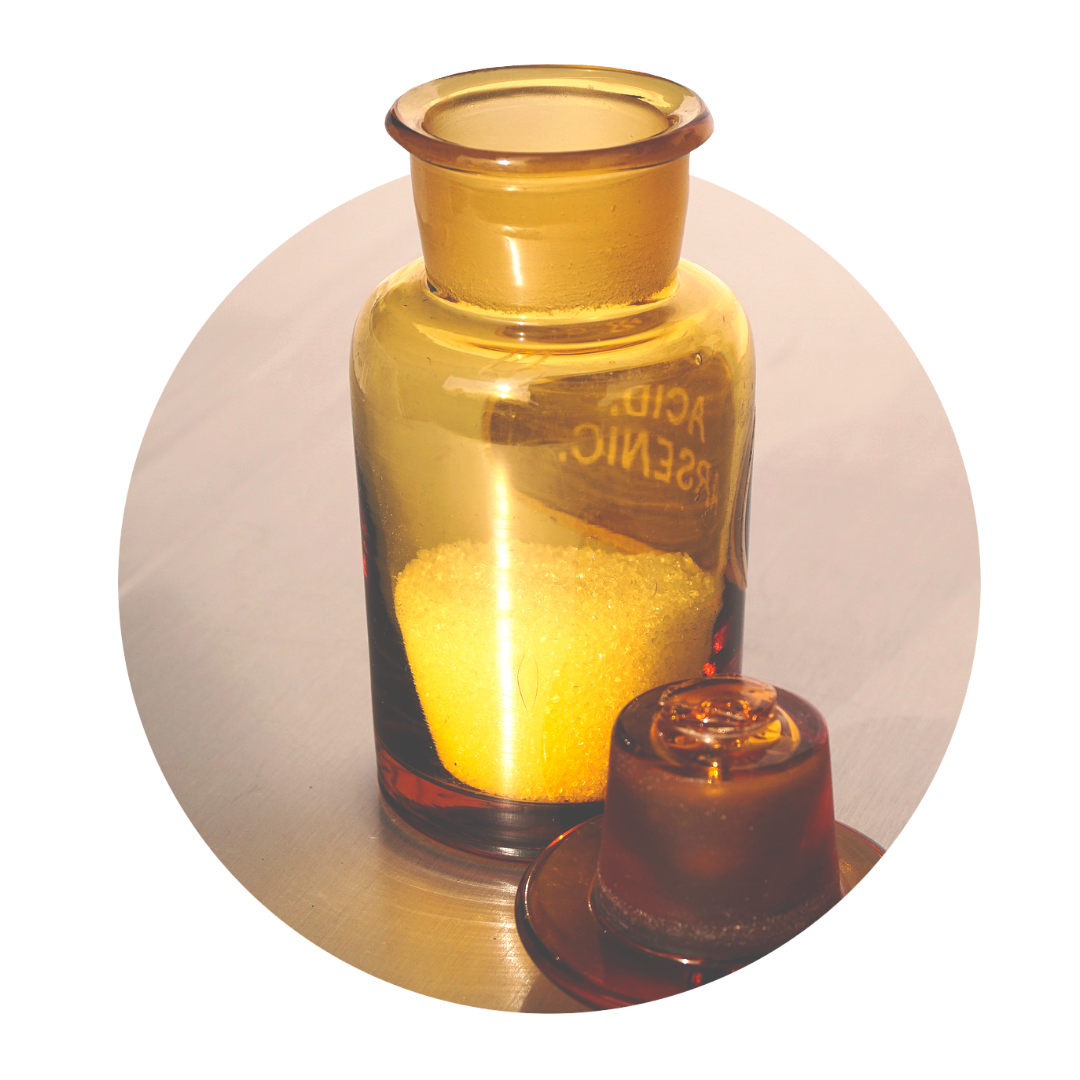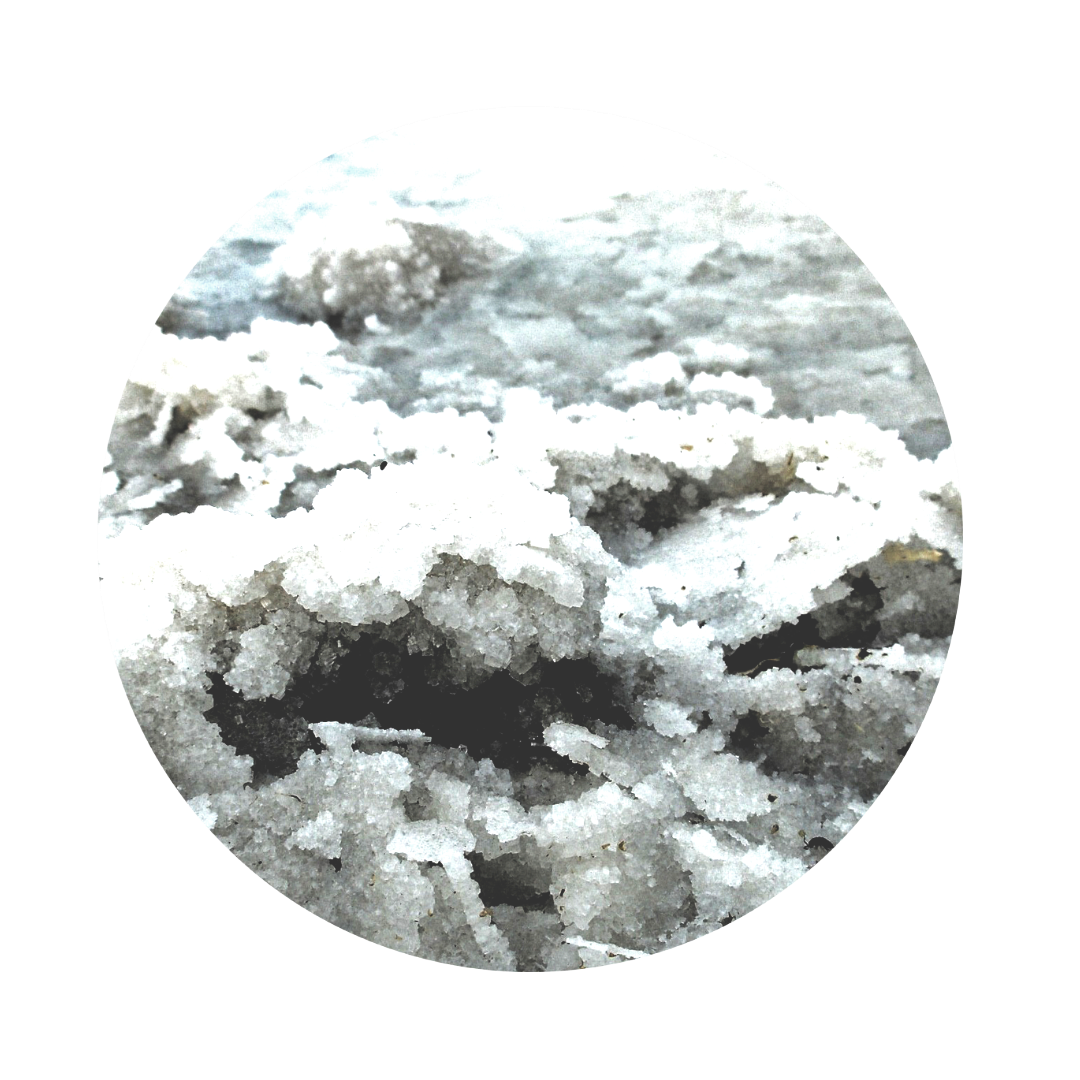Periwinkle: the popular ornamental plant as a medicinal plant
Periwinkle facts
Did you know that...
What is periwinkle?
General and medicinal properties of Vinca minor
Promotes blood circulation
Antisclerotic
Oxygenating
Vinca minor: Ingredients
Vinca minor contains 40 different alkaloids, which in sum also cause the blood picture changes. Allopathically, today only vincamine is used synthetically or as an extract. Its main application is cerebral circulatory disorders.
You can find the following ingredients in periwinkle:
- Alkaloids like vincamine
- Flavonoids
- Tannins
Periwinkle: effect for body and mind
Periwinkle properties
- Drying
- astringent
- perfusing
- antihypertensive
Fields of application in naturopathy
Periwinkle for anemia
Periwinkle for depression

Vinca Minor for exhaustion & circulatory problems.
Periwinkle for nervous disorders
Periwinkle for tonsillitis
Vinca minor for gastrointestinal disorders
Periwinkle for diseases of the scalp
Instructions for the use of periwinkle
Periwinkle in pregnancy & lactation
Periwinkle for hypotension
Discover our sprays
With natural methods such as the individual spagyric sprays from Zimply Natural, complaints can be treated and sustainably alleviated.
Use the healing power of periwinkle!
Use the healing power of periwinkle and our other more than 100 medicinal plants for the natural relief of your complaints. Improve your well-being and support your body, your mind and your soul! Use our configurator to create your personal spagyric spray, which is tailored to your needs and accompanies you on your natural path to the improvement of body, mind and soul.

